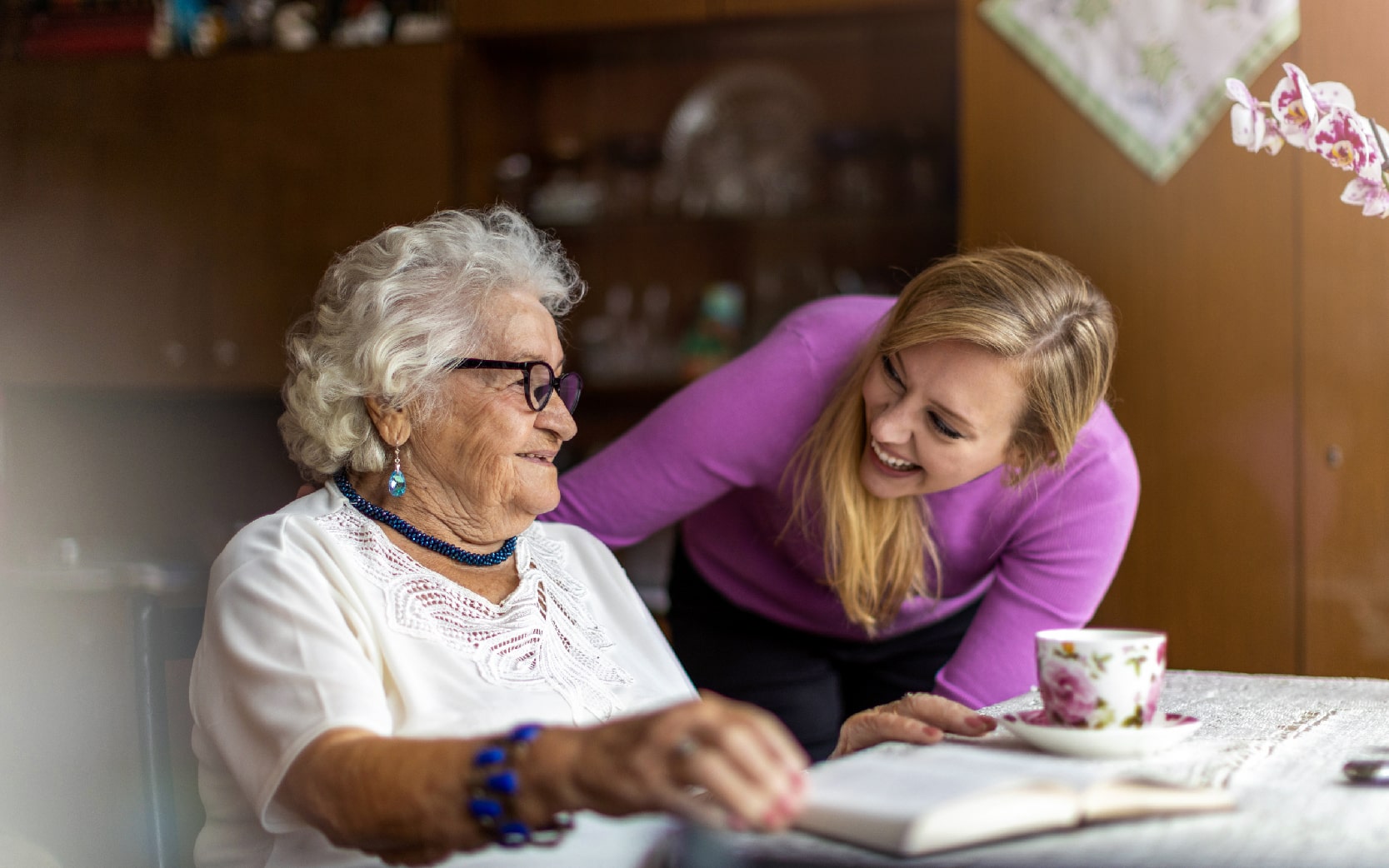For many decades, it was common for older adults to move to an assisted living facility when they become unable to live independently in their own homes. Yet more seniors are choosing these days to “age in place” — a term that refers to living in your own house as long as possible as you get older. However, most people prefer to live out their remaining years surrounded by the familiar comforts of their own home. When the challenges of age finally catch up with us, they can make living at home difficult, if not impossible. This is where home modification solutions can be a real game-changer. It’s a practical way of adapting your home to suit your evolving needs as you age.
What Is “Aging in Place”?
When it comes to staying physically, mentally, and emotionally healthy, every person needs a living environment that’s safe and comfortable and allows them to live their day-to-day life how they choose. Knowing that our needs for safety, comfort, and independence change significantly as we get older, it’s important to anticipate those changes and be prepared for them.
Many common house features such as stairs, showers, toilets, and counters can become obstacles to a person’s well-being when their bodies lose some of their strength and agility as the years pass. However, there are modifications that homeowners can make to these features that remove or minimize any difficulties or danger they may pose.
While many of these modifications can be costly, they’re far more economical than the price of an assisted living facility or nursing home. That’s one of the main reasons aging in place has become an increasingly popular option for older adults. In fact, according to a recent AARP survey, 90% of people over 65 say they prefer to stay in their homes as they age.
Home Modifications Solutions for Aging in Place
Of course, aging in place comes with some challenges. Physical limitations make navigating a home difficult. Hazards like stairs or slippery floors pose legitimate safety concerns that can lead to ER-level injuries. And maintaining a large house can become overwhelming (even if you’re young and healthy!).
Thankfully, there are plenty of solutions available to address each challenge. Turning your home into a safe and accessible environment is very doable — with the right professional help and guidance.
There’s a wide variety of home modifications available to address specific needs that older adults typically face at home, including:
Bathroom
Statistically the most dangerous room in the home, bathrooms are slippery with unforgiving, rock-hard surfaces. You can make a bathroom much safer by installing modifications such as grab bars, non-slip flooring, walk-in showers or tubs, and raised toilet seats.
Kitchen
Kitchens, often called the heart of the home, need to be comfortable places of productivity. You can make your kitchen more independent and functional through upgrades like lowered countertops, pull-out cabinets, and lever-style faucet handles can make the room more accessible. (Grandma needs to be able to make her cakes and cookies!)
Safety
Most conventional homes have potential safety hazards — especially for older adults — that can be easily fixed. These may include automated lighting, removing tripping hazards, installing stair lifts, and adding ramps for improved wheelchair or walker access.
But How Do You Pay for It?
Although home modifications aren’t typically free, there are several ways of making them possible, even for folks with a fixed income. Many solutions — such as non-slip flooring or better lighting — can be quite affordable and can be performed by the homeowners themselves.
In general, the costs for home modifications vary greatly depending on the type of changes you need. Small modifications like installing grab bars or improving lighting can be relatively inexpensive (less than $50), while major renovations like installing a stair lift or widening a doorway can cost hundreds or even thousands of dollars.
Fortunately, there are resources available for homeowners on a limited budget. You can explore possible financing options such as grants, loans, or tax credits that can offset some of the costs. The team at Havenside can guide you through that process and help you learn which options you can choose from.
Havenside Offers Guidance for Home Modifications
At Havenside, we specialize in helping homeowners plan and implement home modifications for aging in place. Our team of experts can assist with home assessments, installations, layout and product recommendations, bid development, quality control, and project management.
Contact us today to find the right solutions for your mobility and accessibility needs as you plan to age in place.

